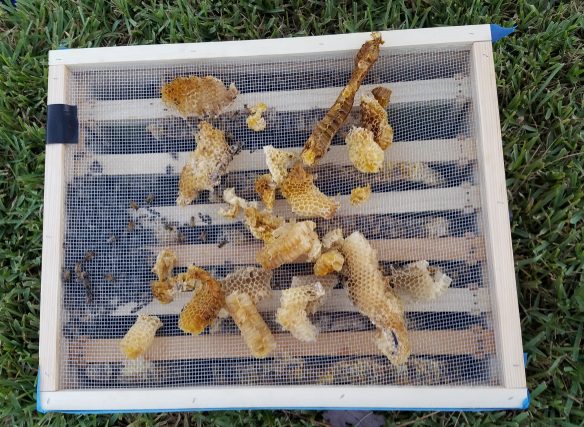I had an old harbor freight sander with a 4″ belt and a 6″ disk. It was super useful and a rambling wreck. Thankfully, Woodcraft was having a bit of a sale on Rikon sanders. I have been wanting an upgrade for ages. I was able to call them and get the only unit they had coming in for the sale. It has been on backorder for months. SQUEEE!
Pull everything out and enjoy the smell of new tool. It smells like productivity. Also grease.
I assembled the base and sat the sander on top to attach all the remaining tables and guards.
Once everything was in place I moved it over to the side of the shop where my other sanders sit. The base assembled easily enough, and feels really well built, but has some flaws. It felt too low even after using some scrap to raise it up a bit. Another issue, my sanding dust collection system (aka cheap shop vac) doesn’t fit at all in the base.
I love this tool, but the base is really asking to be tossed in place of a custom built cabinet. Something that holds the shop vac nicely, and maybe has a little built in storage for good measure. On the plus side, it is a beast, and it even performs magic tricks. Expect to see this thing again soon with a new custom cabinet.








































